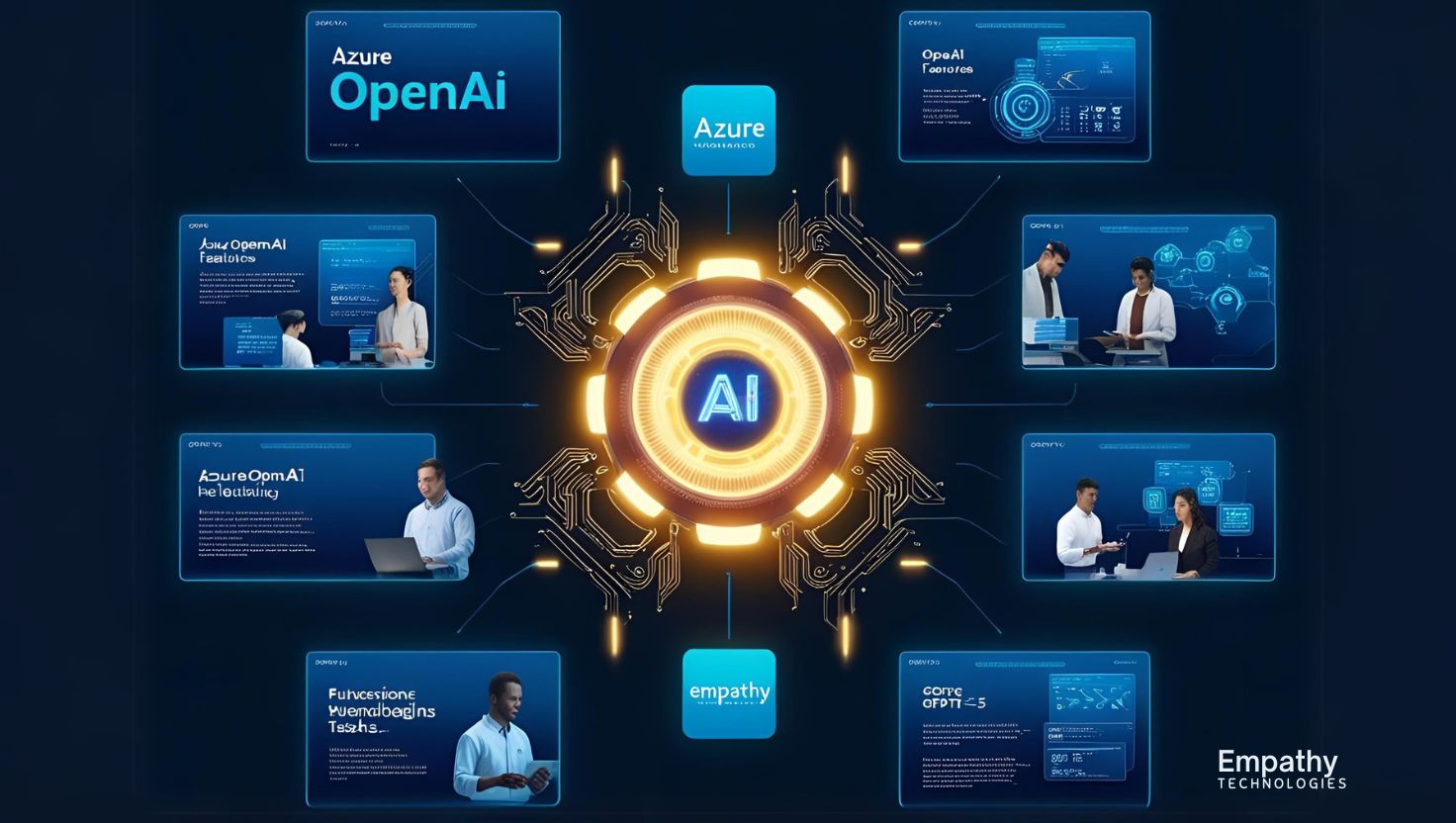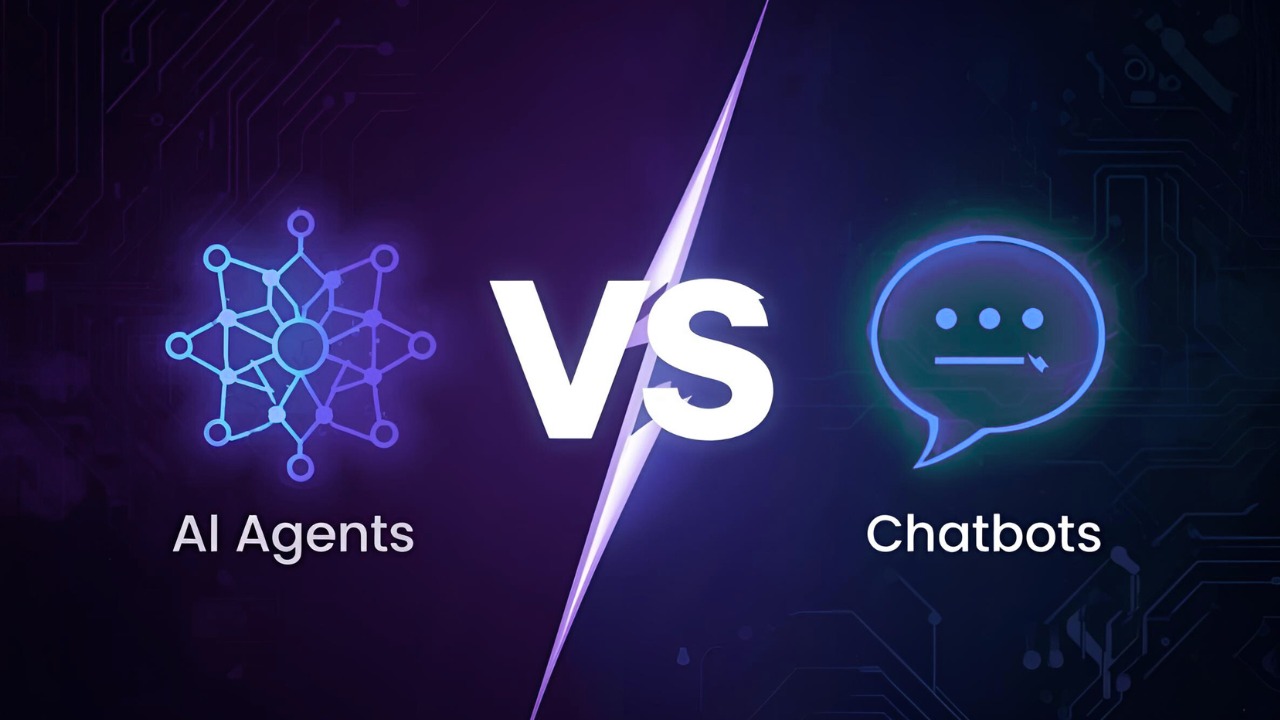
What’s New in Azure OpenAI Service (Feb 2025): Features, Use Cases & Insights
Azure OpenAI Service has been a game-changer in the AI landscape, empowering organizations to harness advanced language models for various business applications. With every new update, Microsoft continues to push the possibilities of AI integration further.
February 2025 brings significant updates to Azure OpenAI Service, with powerful new capabilities and exciting tools that simplify and enhance workflows for developers and businesses alike.
This post will guide you through the major feature updates, explore real-world use cases, and break down their benefits, challenges, and comparisons with competing platforms.
(To see the official documentation, visit Azure OpenAI What’s New.)
Key Updates in Azure OpenAI Service—February 2025
Microsoft recently announced noteworthy additions to the Azure OpenAI Service that promise to redefine the way enterprises leverage AI technologies. Here’s a quick overview of the latest updates and enhancements from February 2025:
- GPT-5 Model Integration
- The new GPT-5 offers a massive leap in performance, with 10x faster inference and expanded context windows, making it an excellent solution for real-time applications and complex multi-turn conversations.
- Its enhanced multilingual support sets it apart for applications requiring global reach.
- Enhanced Fine-Tuning Accessibility
- Fine-tuning is now available at reduced costs, making it accessible to startups and small businesses. This includes streamlined workflows that enable users to customize and optimize models for niche applications.
- New Data Governance Features
- Added audit logging, data residency options, and content moderation settings to improve security and compliance capabilities for enterprises operating in highly regulated industries.
- Audio and Multimodal Capabilities
- Support for real-time audio interactions and multimodal inputs allows businesses to implement AI-powered features like virtual assistants and advanced customer support solutions efficiently.
These updates carry practical implications for developers and organizations. Not only do they enhance AI capabilities, but they also create greater opportunities for deploying innovative solutions.
Deep Dive into the New Features
GPT-5 Integration
The introduction of GPT-5 is the headline update this month. Here’s what makes it remarkable:
- Technical Upgrades
GPT-5 boasts unmatched capabilities in complex reasoning, increased processing speed, and an improved ability to hold context over extended conversations. With larger context windows, users can now handle extensive queries such as legal document analysis or intricate research projects.
- Multilingual Support
With improved multilingual understanding, GPT-5 enables applications like real-time translation for global business communications or content creation in diverse languages.
Example Use Case
Organizations in e-commerce can use GPT-5 to deliver highly localized shopping experiences, including live chat support translated on the fly.
Enhanced Fine-Tuning Capabilities
One of the barriers to AI adoption has been the complexity (and cost) of fine-tuning models. February’s updates address this by simplifying processes and reducing costs.
- Improved Ease of Use
Finetuning no longer requires enterprise-level support teams. Startups and smaller development teams can now tailor models to suit niche audiences, such as agricultural businesses looking to create AI-powered tools customized for remote farming needs.
- Direct Preference Optimisation (DPO)
Microsoft has added support for DPO, a faster, lighter alternative to RLHF (Reinforcement Learning from Human Feedback). DPO makes it easier to align AI outputs with specific business needs.
Example Use Case
An HR firm specializing in technical recruitment could fine-tune models to conduct pre-assessment tasks, simplifying the hiring process.
Improved Security and Compliance Features
Security remains a top concern for organisations integrating AI into their operations. February’s updates bring enhanced compliance tools, including audit logging and regional data residency options.
- Audit Logging
Businesses deploying GPT in regulated sectors like finance and healthcare will now have in-depth visibility into API usage and data flow.
- Data Residency Control
Options to store data locally ensure compliance with GDPR, CCPA, and other regional regulations.
Example Use Case
A fintech company in Europe can now ensure that its AI solutions meet stringent EU regulations by activating the enhanced compliance features.
Pricing Updates and Cost Optimisation Tips
Another key highlight of February 2025’s update is the shift to a dynamic token pricing model. The new method adjusts pricing based on platform usage to provide better cost efficiency for high-volume consumers. Key features include:
- Batch Processing Discount
Users can benefit from up to 50% cost savings by leveraging bulk inference processing.
- Actionable Tip
For organizations with variable workloads, consider batching non-urgent AI requests overnight to reduce overall processing costs without disrupting end-user experiences.
While the pricing model reflects a customer-first approach, businesses should adopt strategies like setting token limits or using lower-complexity models for simpler tasks to maximize cost-effectiveness.
Real-World Use Cases for February Features
Healthcare
GPT-5’s expanded context windows allow healthcare providers to analyze multi-page patient records while logging usage for privacy compliance. This could revolutionize diagnostics and personalized treatment plans.
E-Commerce
Using fine-tuned models, retailers can develop advanced recommendation systems that deliver hyper-personalized product suggestions in real-time.
Education
With improved multilingual and multimodal capabilities, educators can create AI-powered tutoring platforms that adapt to diverse learner requirements—whether it’s generating engaging visual study aids or ensuring language support.
How Does Azure OpenAI Compare to AWS & Google in 2025?
- Model Power
Azure’s GPT-5 offers unmatched speed and multilingual accuracy compared to Google’s Vertex AI and AWS Bedrock’s language models.
- Seamless Integration
Microsoft’s strength lies in its ecosystem. Azure OpenAI integrates directly with Microsoft 365, Power BI, and Microsoft Dynamics, offering invaluable productivity advantages.
- User-Friendly Pricing
Dynamic token pricing introduces much-needed flexibility, whereas competitors still rely on rigid pricing tiers.
Challenges and Limitations
Despite these exciting developments, there are a few challenges users may face:
- Complex Fine-Tuning Workflows
While accessible, fine-tuning may still require technical expertise—something small teams might find limiting.
- Regional Availability
Some new features, like advanced governance options or real-time audio tools, still have limited regional availability.
What’s Next for Azure OpenAI?
Looking forward, Microsoft is expected to increase feature integration with tools like Power BI (allowing for enhanced AI-powered predictive analytics) and tackle current challenges by expanding model availability across more regions. Exciting developments are also anticipated in areas like vision-enabled augmented reality features and no-code AI development kits for businesses.
To keep up with these updates and insights, bookmark our blog or subscribe to regular updates today.
Is GPT-5 available globally?
Not yet. GPT-5 is currently available in select regions, including the East US and Sweden Central. Expansion plans are underway.
How does the new pricing model impact small businesses?
Dynamic token pricing benefits high-volume users, but smaller users can still save costs by optimizing workload batching strategies.
Can existing users still access older GPT models?
Yes, users can continue deploying older models like GPT-4, though newer models offer significant performance improvements.










How can I contact customer support?
Greeting Teknik Elektro
Hello Teknik Elektro,
Thank you for reaching out! You can contact our customer support team via email at it@empathy-technologies.com or visit our website at http://www.empathytechnologies.com for more details. Let us know how we can assist you!
Best regards,
Empathy Technologies
Permalink